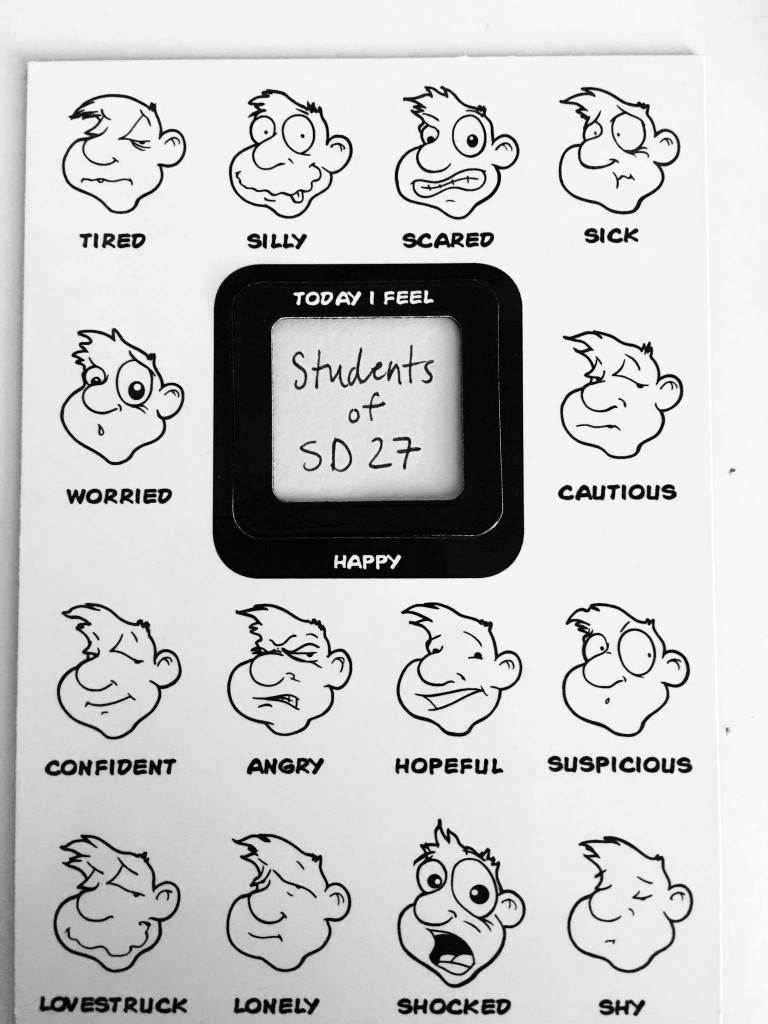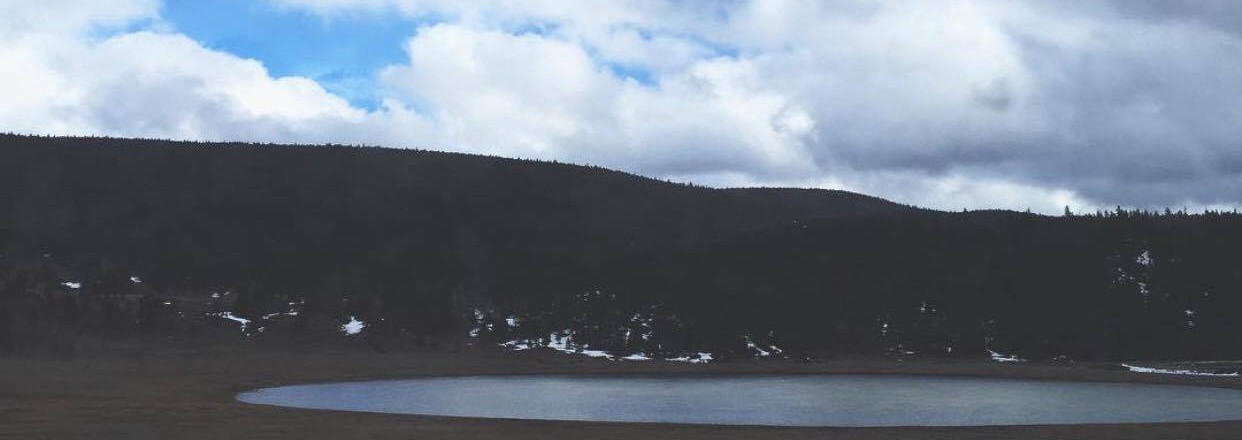After our first meeting with our community partner, Mark Thiessen, we have narrowed down our research focus. Mark expressed an interest in building upon last year’s project, which involved a collaboration with Skyline Alternate School. The previous team produced a white paper that identified students’ motivations for participating in an alternative schooling program. Our community partner vocalized a desire to further this project by identifying the measures Skyline Alternate can take to better accommodate the various needs of its students.
Skyline initially started as an alternative education program that catered towards a more vulnerable youth population in Williams Lake, specifically for students who were expelled from their former high schools or have had run-ins with the law. However, over the past years, the demographic and enrollment rates at Skyline have changed significantly. Based on our current knowledge, we discovered that there has been a consistent rise in the number of students switching from regular high schools into the Skyline Alternate School program.
Overall, alternative education programs exemplify a range of differences in comparison to regular high schools, such as having smaller classroom sizes, offering flexible timetables and a more self-directed approach towards learning. According to the Ministry of Education, alternative education programs focus on “educational, social and emotional issues for students whose needs are not being met in a traditional school program.”
Our community partner is keen on identifying the push and pull factors that cause students to transfer from regular mainstream school systems to Skyline Alternate school. In particular, what are the specific changes that need to be made to address and accommodate the various needs of students that attend Skyline Alternate School? Currently the operation of Skyline has remained the same as it was 5 years ago, even though there has been a significant shift in the demographics of their school. Therefore it would be highly beneficial to be able to speak with the current students about their overall experience attending alternative schooling.

Photo taken by: Therise Lee

Hi all,
Interesting research focus – education and teachers in BC seem like they are constantly under threat, as someone who went through the BC public school system myself. I would be interested to have a better understanding of how alternative education facilities factor into provincial priorities, what kinds of teachers they attract, and what kinds of students they attract. Specifically, I would be really interested to understand how the Indigenous/settler population is reflected in the school system. Are Indigenous children overrepresented at the alternative school? What are the implications of that?
Cheers!
Hi Marina,
From my understanding and discussions with our community partner, I believe that a large portion of population of students attending Skyline Alternate are Indigenous. As for the implications, I am currently not too sure myself. Because Skyline offers more flexible schedules (along with other advantages compared to mainstream schools), perhaps this may be beneficial for Indigenous students who struggle in mainstream education systems? My group members and I will be administering two surveys soon, which will likely help us answer questions like yours. Stay tuned for more updates!
Angela
Hey all,
Really interesting topic! Where I went to highschool, we also had an alternate school program, which sounds really similar to the one operating in Williams Lake – as I understand then, they are common in B.C.. One thing I would ask, is whether you will address the stigma that surrounds alternative schooling? For instance, when I was in highschool, everyone knew the students who attended alternate (partially because the alternate school program took place in mobile classrooms just outside the actual highschool building, so geography wise, it was separated and thus identifiable), and there was a certain image that surrounded students in attendance as being “at-risk”, or facing various social challenges. I wonder if this is a factor you might consider. How does the label of attending alternate, affect students, their confidence and/or their performance?
Further, I cannot say for sure, but I am fairly certain that in my particular highschool, alternate was often an option pushed onto students who may have been deemed at-risk by the faculty. So I wonder how many students may experience similar circumstances in Williams Lake, where different learning styles or backgrounds seemingly push them into the realm of being “alternate” to the mainstream system.
Hi Bridgitte,
The negative image surrounding alternate schools is something that our community is concerned about as well. Interestingly, the demographics at Skyline Alternate has changed over the past few years. This means that while there are some students enrolled at Skyline out of necessity, some students are also there by choice. To address the negative perspectives regarding alternate school, my group members and I hope to create a video, or some form of data visualization, that can be circulated by Skyline to inform community members about the positive aspects of alternative education. The details for how we plan to do this is still to be determined!
Angela